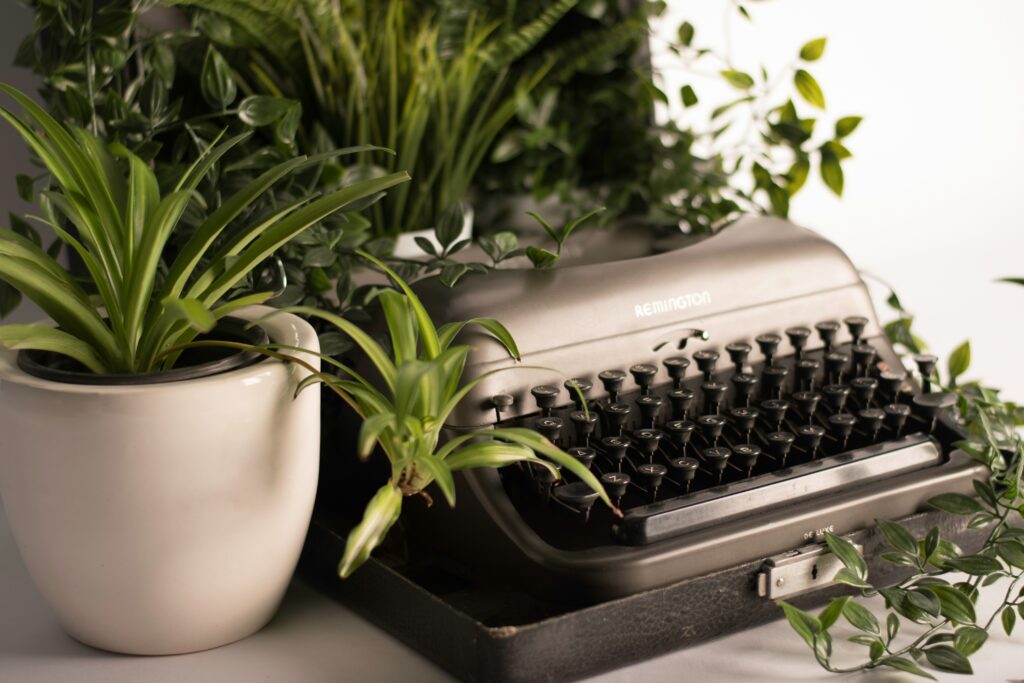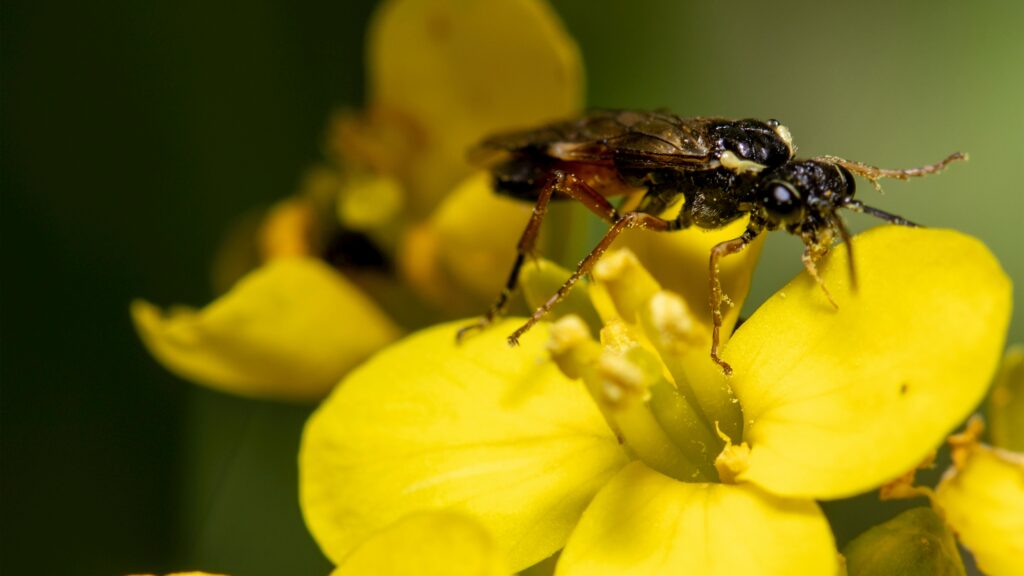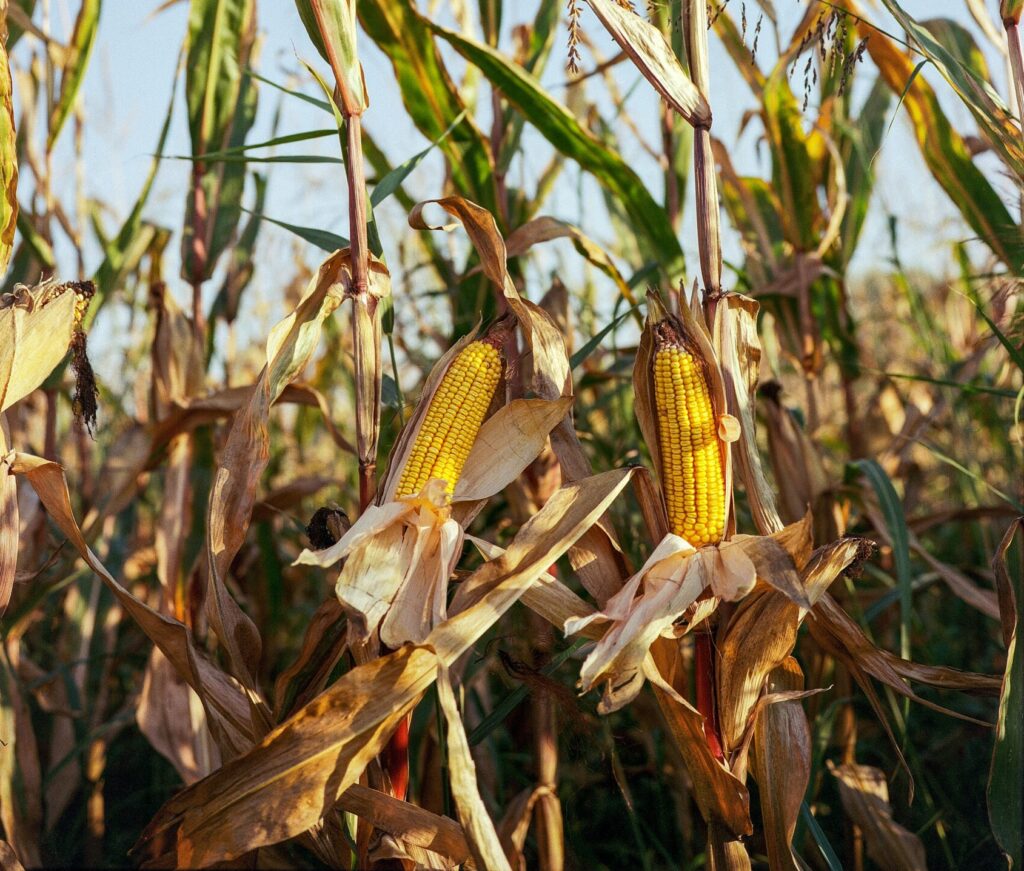Caring for indoor plants is a rewarding but delicate task, as it involves creating a microenvironment that closely mimics the plant’s natural outdoor habitat. While we can never perfectly recreate the conditions a plant would experience in the wild, with the right techniques, we can come remarkably close. The first step in successful indoor gardening is understanding that each plant has its own specific needs, particularly in terms of light, water, and humidity. It’s essential to research and observe each plant’s requirements to ensure they receive the care they need to thrive.

One of the most crucial aspects of indoor plant care is watering, and it’s here that many plant enthusiasts run into trouble. Unlike outdoor plants that have the benefit of rain and natural drainage, indoor plants rely entirely on you for their water supply. A common mistake is overwatering, which can be more harmful than underwatering. Indoor plants often prefer that their soil dries out slightly between waterings. You can check this by inserting your fingers into the soil once or twice a week; if the soil feels cool to the touch, it still holds sufficient moisture, and watering should be postponed. If the soil feels warm and dry, then it’s time to water. This method helps prevent overwatering, which can lead to root rot—a condition where roots become waterlogged, decay, and ultimately can’t support the plant.

Consistency in watering is vital. Indoor plants flourish when their moisture levels are stable, without dramatic fluctuations between being too dry and too wet. Extremes in watering can stress plants, making them more susceptible to diseases and pests. Interestingly, many indoor plants are surprisingly resilient to being slightly under-watered. They can often bounce back from a dry spell with a good watering, whereas overwatering can cause irreversible damage. Root rot, a common consequence of overwatering, is difficult to treat and often leads to the plant’s decline.
In addition to watering, other factors such as light, humidity, and temperature play significant roles in the health of your indoor garden. Most indoor plants thrive in stable environments where they receive indirect sunlight and are protected from drafts and extreme temperature changes. For humidity-loving plants, especially those native to tropical regions, increasing the humidity around them can make a big difference. This can be achieved by misting the plants regularly, placing them on a tray of water and pebbles, or using a humidifier.
When it comes to indoor gardening, less is often more. Plants generally do better when they are not constantly fussed over. A gentle, consistent approach, paying attention to their natural rhythms and needs, is what will keep them healthy and vibrant. With the right care, your indoor plants will not only survive but will also add beauty, fresh air, and a touch of nature to your living space.
















